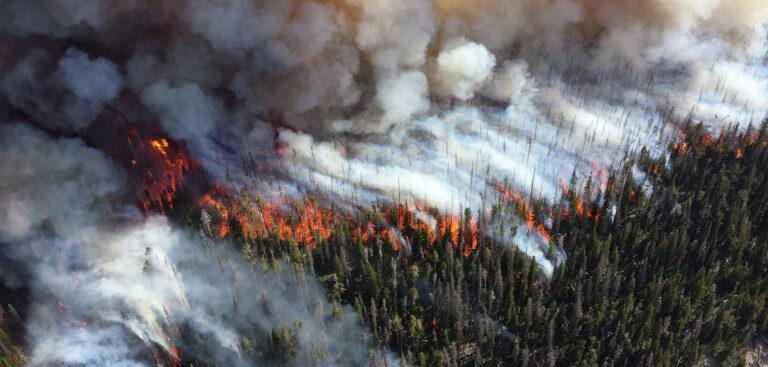As bushfires ravaged Australia this winter on an unprecedented scale, the US saw its lowest level of wildfire destruction in 15 years. But experts warned against too much optimism, saying the trend is unlikely to last.
According to figures from the US National Interagency Fire Centre (NIFC), the number of acres burned in 2019 in the mainland United States was 2.2 million acres, a major decline from the previous two years when on average 8.9 million acres were destroyed annually, killing 147 people in California alone.
California, which has been an epicenter for wildfires in the mainland USA also saw steep drops. This decline might have been helped in part by the state’s drastic steps to avert the threat of wildfire by cutting power to millions of homes in October and November.
The exception to the declines was Alaska, where wildfires destroyed nearly 2.5 million acres in 2019 as the state endured record heat.
Numerous studies have shown that climate change is exacerbating the problem of wildfires, making the wildfire season longer and leading to more intense fires as higher temperatures make vegetation drier for longer.
Experts said the 2019 figures are unlikely to change the long-term trend toward more forest fires and were more likely an anomaly resulting from unusually high rainfall.
“We don’t think we will continue to see years like 2019,” the NIFC’s Jessica Gardetto told Climatewire. “We’re already assessing 2020. So far, weather patterns are lining up to culminate in above-average fire activity this year.”
Annual wildfire levels in the USA have more than doubled since the 1990s. However, Gardetto said some of this may be due to improved technology that allows for more accurate reporting of wildfire size.



